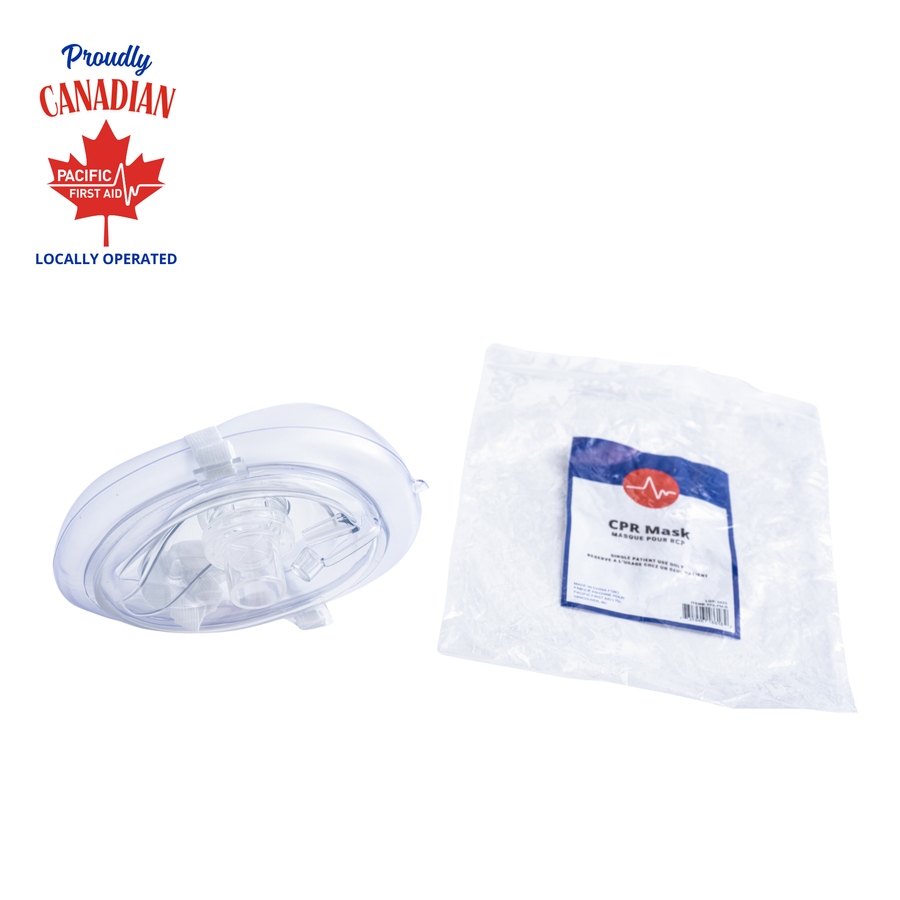
3 Reasons Why You Should Take A First Aid Course
Sudden cardiac arrest (SCA) is one of the most common causes of death in North America. It occurs most often among adults in their late 30’s and 40’s and affects men twice as much as it does women and is rare for children. Thanks for first aid safety training, you can help minimize the risk of cardiac arrest and save lives around you.
Because it happens so frequently, having cpr and first aid certification knowledge can help save lives when you least expect it. Pacific First Aid offers standard to advanced first aid courses that cover CPR and AED training, airway emergencies, wound care and much more. The role of first aid certification is to help prepare you in emergency situations and potentially help save lives. If you’re considering taking a first aid course, this guide will outline reasons why it’s beneficial.
1) Prepare for emergencies anywhere
Most cases of sudden cardiac arrest happen at home or at work. According to The American Heart Association, 70% of Americans don’t have official first aid and CPR training or don’t know how to respond when they see someone having a heart attack. Because 90% of cardiac arrests happen at home, learning high-quality CPR can make all the difference for your family and loved ones. When done properly, CPR delivers oxygen to the brain, which reduces the risk of brain damage and doubles or triples an adult’s chance of survival. If you’re new to first aid certification, a standard first aid training course is a good place to start.
2) Learn how to use an AED
An AED is a device used to revive someone from sudden cardiac arrest. They administer electric shock through a person’s chest and allow the heart to re-establish its regular rhythm. You’ll often find AEDs in many public spaces including schools, gym facilities, airports and more.
If you’re a bystander with AED training that’s witnessing someone going through cardiac arrest in a public area, their chances of survival can double. Those who have AED training are a great resource until an ambulance arrives at the scene.
3) Take care of yourself and those around you
With first aid certification, you’ll know when it’s safe to help those having sudden cardiac arrest. Before you do anything, make sure the surrounding environment is safe before helping them. Putting yourself in a dangerous scenario can lead to more complications for both you and the person you’re trying to assist.
After you assess the scene, you can check if the patient can respond by tapping them on the shoulder and asking if they’re okay. From there, you can administer CPR and call 911. First aid training teaches you how to recognize the signs of cardiac arrest, how to stay calm and act quickly.
Whether you’re looking for a beginner or more advanced first aid and CPR course, Pacific First Aid has the options you need. You can take a blended course that has an online component as well as in-person training for the CPR and practical training portion. Blended courses are excellent for students and people with busy schedules.
Browse First Aid Courses>
Sources:
https://my.clevelandclinic.org/health/diseases/17522-sudden-cardiac-death-sudden-cardiac-arrest







